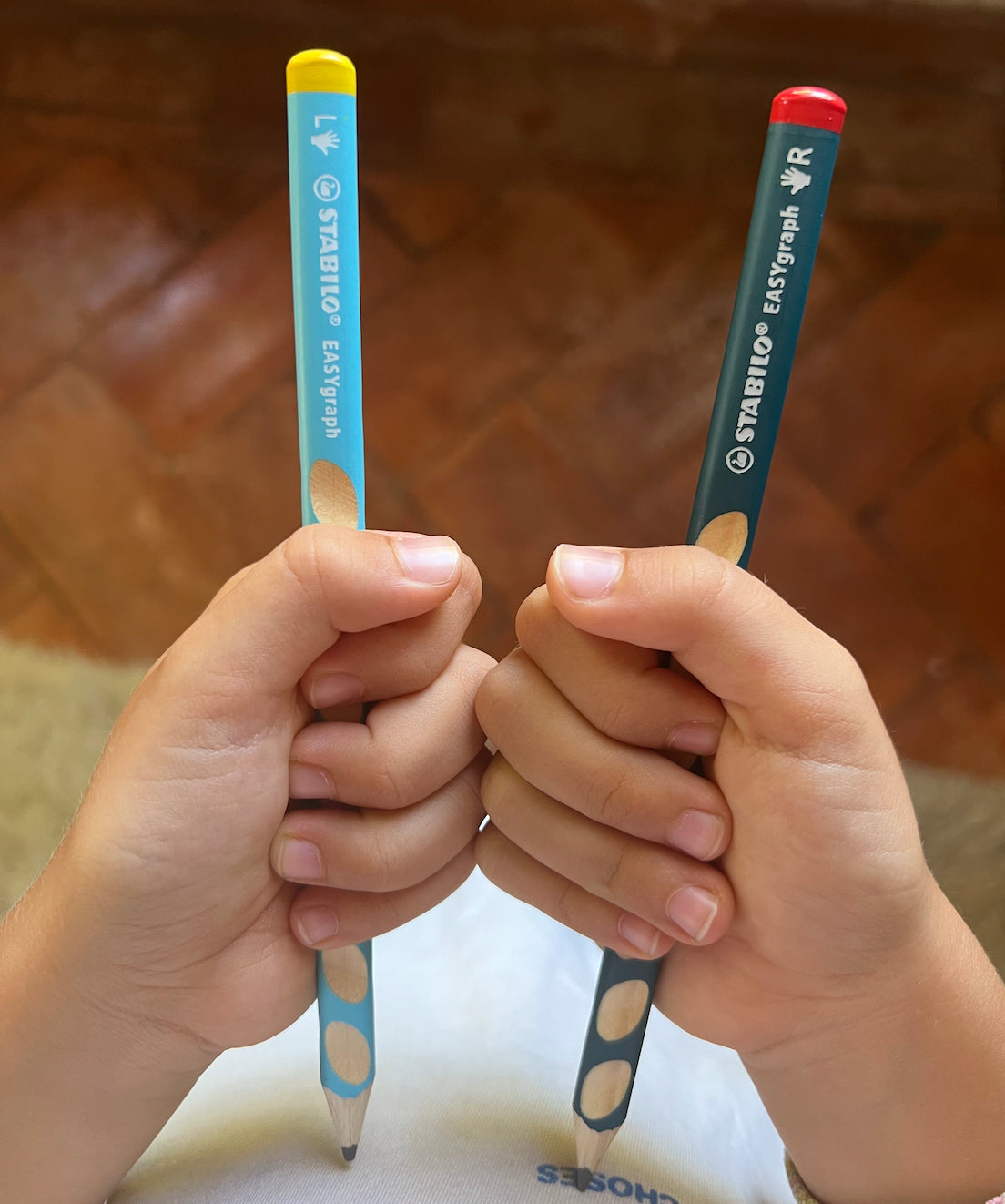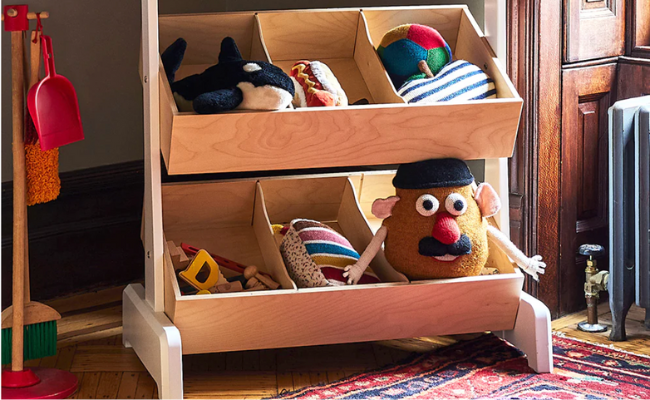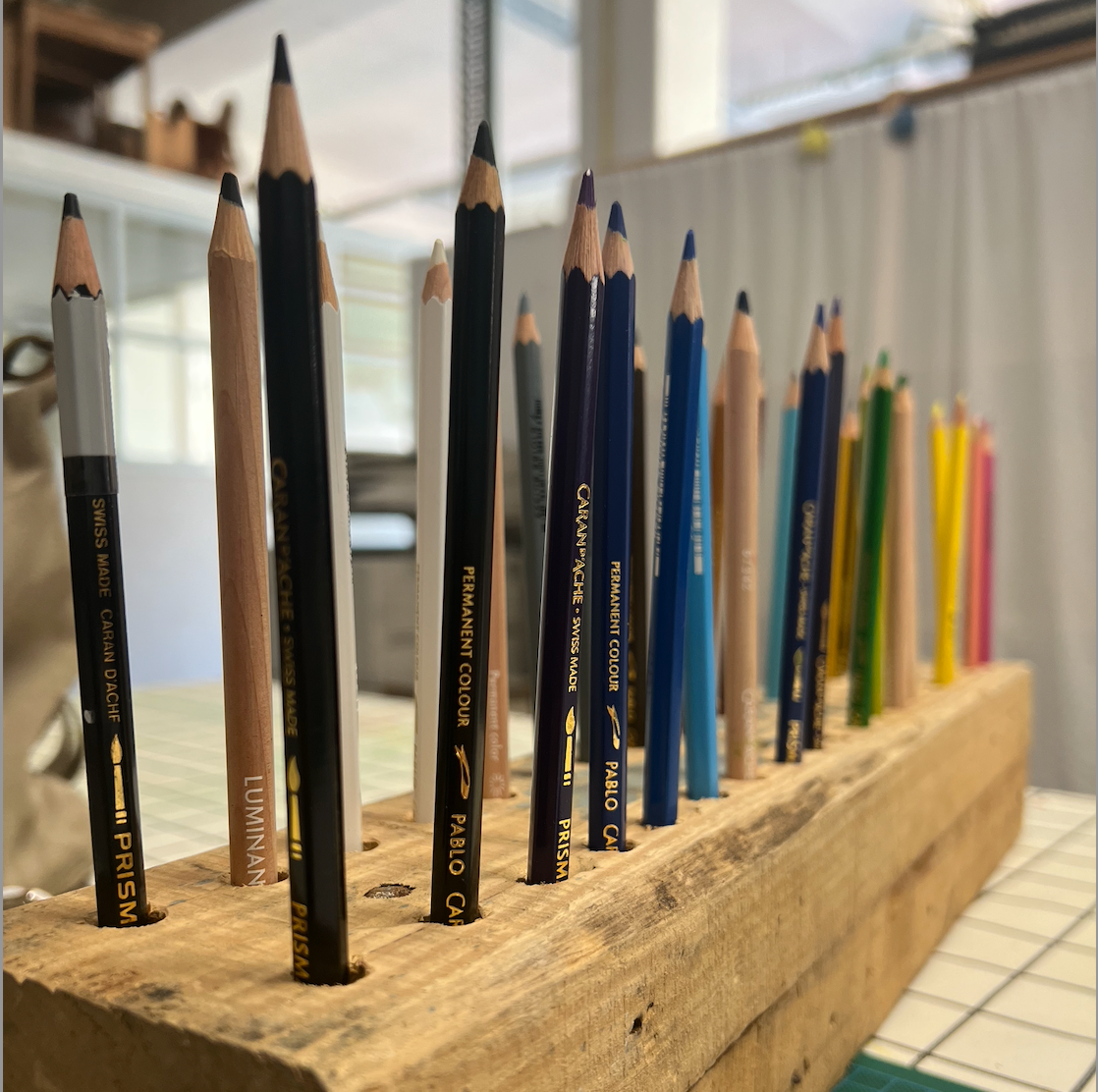
How do you hold a pencil correctly?
Napoleon's Pencil
Everything you need to know for your child to be a true Napoleon in writing!
Picking up a pencil well is not a new fad, it goes back to the beginning of written communication, be it through the use of drawing or the use of writing.
Since the 17th century, when the first mass production of graphite pencils takes place in Germany, several changes have been made in order to find a viable way for this same object to be applied to writing with an incompatible quality.
Only in 1795, at the time of Napoleon Bonaparte, a man known for his rigorous work habits, was the ideal graphite pencil model found for writing and the arts.
A master of chess, with unique handwriting, Napoleon was a great incentive for modern education, science and the arts. However, for him, it was at home, where the Fathers were teachers, that the “holy doctrines” and “receiving good examples” were learned.
As with everything we do from birth and throughout our lives, everything goes through several stages of learning, even the most basic activities like walking, eating or even talking.
As life is a long journey made up of various learning experiences, picking up a pencil to write, draw or paint also takes us down this path in the first years of our lives.
For a 2-year-old, it can be a real juggling act!
It is at this stage that we must begin to develop activities that stimulate the arms and hands, that work the muscles and fingers, and, consequently, gross motor skills. Later on, fine motor skills will also be worked on, which will help her to hold the pencil well. In this first phase, the child takes the pencils with the palm of the hand, moving only the shoulder and arm. With time and the right stimuli such as playing in the field, digging in the dirt, paints, pasta, and very sensory materials, she will be on her way to the next phase. So far, the thick pencil is very important for a better understanding of the object.
Picking up the pencil with the fingers and making a more hand-oriented movement starts at age 3, evolving into a more dynamic grip with the fingers. Now, at the age of 4, the movement is more directed towards the fingers and towards trying to write the name and perfecting the drawing and painting, the right time for the ergonomic triangular pencil to better learn how to hold it.

From this age until the beginning of the 1st cycle, picking up the pencil is a continuous job that must always be remembered as it grows and evolves with the material. The Child leaves the ergonomic triangular pencil, where he learns to make the famous Tripod grip with the thumb, index and middle finger, and moves on to the Graphite pencil for a more mature grip.

Until they manage to develop the expected fine motor skills for the best gripping of the pencil, we parents, with the help of the teachers, can help them by remembering and simultaneously developing activities that stimulate this same motor skills. Activities such as plasticine, cutting, reading, tearing, tegus or even the use of tweezers to pick up beads, are all activities that you can do from the age of 4 and that will help children to pick up the pencil in the correct way, perfecting the its graphics and instilling an endless desire to be the real Napoleon Bonaparte!
Maria Piano



